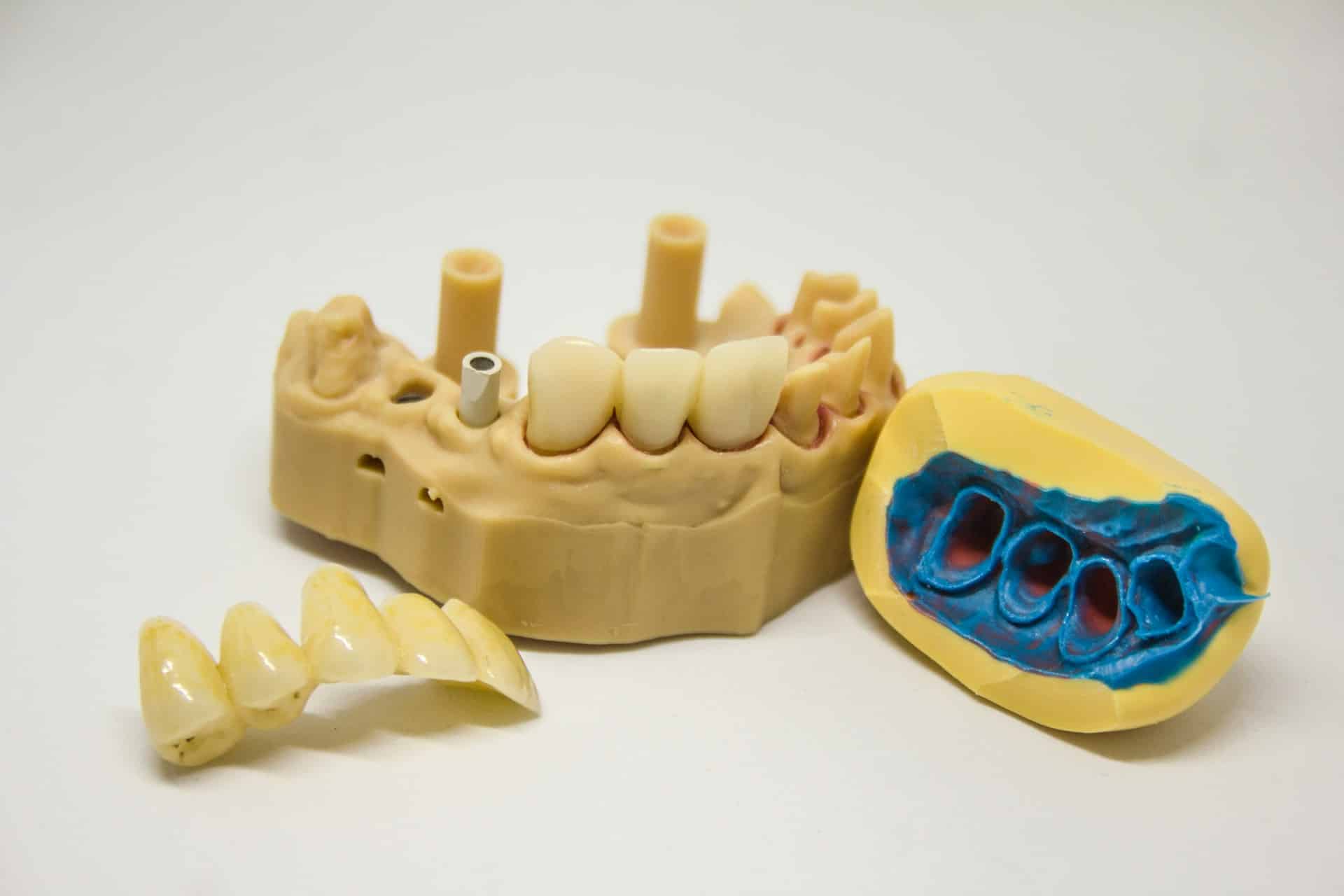Welcome to the brave new world of 3D printing in the medical sphere! This transformative technology is revolutionizing healthcare by offering unprecedented opportunities for customized medical implants, devices specifically designed to meet individual patients’ unique needs. Let’s explore the captivating technological process, the materials used, and its real-life applications, from bone, dental, to surgical implants.
The Role of 3D Printing in Medical Manufacturing
3D printing, also known as additive manufacturing, has caused a seismic shift in the way medical devices are being manufactured. This technology works by laying down successive layers of material to build a three-dimensional object. Design files (created using computer-aided design software) guide the printing process, ensuring precision and accuracy.
Lire également : How can AI help in predictive maintenance of industrial machinery?
In the medical field, 3D printing has unlocked the potential to produce customized implants at a fraction of the time and cost compared to traditional manufacturing methods. These printed devices, such as orthopedic implants or dental prostheses, are tailored to the exact specifications of the patient, ensuring a perfect fit and potentially improving clinical outcomes.
Materials Used in 3D Printed Medical Implants
A wide array of materials are employed in the process of 3D printing medical implants. The choice of material is determined by the specific needs of the patient and the type of device being printed. Some of the most commonly used materials include:
Lire également : How can autonomous vehicles be integrated into public transit systems?
- Polymeric materials: Used in cranial and maxillofacial implants due to their biocompatibility and mechanical properties.
- Metallic materials: Ideal for bone implants and prostheses because they offer high mechanical strength and durability.
- Ceramic materials: Often used in dental and bone implants because of their similar properties to bone tissue.
A key advantage of 3D printing is its ability to combine different materials within a single print, thus allowing the creation of implants with gradient properties.
The Design Process in 3D Printing Medical Implants
The design process in 3D printing of medical implants revolves around patient-specific data. This data is usually obtained through technologies like Computer Tomography (CT) or Magnetic Resonance Imaging (MRI). Once the scans are completed, the images are converted into a digital 3D model using specialized software.
This model is then modified as needed to create a design that is both functional and compatible with the patient’s anatomy. The final design is converted into a file that the 3D printer can read and interpret, laying the groundwork for the printing process.
Real-World Applications of 3D Printed Medical Implants
The utilization of 3D printing in healthcare is rapidly expanding, thanks to its flexibility and potential for customization. Here are some real-world applications of 3D printed medical implants:
- Orthopedic Implants: 3D printing has made it possible to design and manufacture patient-specific hip and knee replacements that perfectly match the patient’s anatomy, thus improving comfort and functionality.
- Dental Implants: Dental professionals are using 3D printing to create dental crowns, bridges, and implants with remarkable precision.
- Cranial and Spinal Implants: These implants can be tricky to manufacture due to their complex shapes and the delicate nature of the surrounding tissues, but 3D printing has simplified the process, allowing for better fit and potentially faster recovery times.
- Surgical Guides: These are tools printed to guide the surgeon during a procedure. The guides are patient-specific, enhancing surgical precision and reducing operation time.
The Scholarly Perspective on 3D Printed Medical Implants
The medical community and academic scholars have been enthusiastic about the potential of 3D printing in the delivery of healthcare. Numerous studies and reviews available on scholarly databases like Google Scholar, PubMed, and Crossref have pointed to the many benefits that 3D printed medical implants offer, including precision, customization, and cost-effectiveness.
For instance, a study published in the Journal of Orthopaedic Research (DOI: 10.1002/jor.23572) highlighted how 3D printed, patient-specific knee implants significantly improved patient satisfaction post-surgery compared to conventional implants.
Despite the promising future, the scholars also caution that there are challenges to be addressed, such as regulatory issues and the need for further clinical trials to confirm long-term safety and effectiveness of these implants. Despite these hurdles, it is clear that 3D printing has the potential to significantly transform medical implant manufacturing, making healthcare more personalized and patient-centered than ever before.
Advancements in 3D Printing Technology and Medical Implants
Beyond the traditional methods, advanced techniques in 3D printing are pushing the boundaries of what’s possible in healthcare. One such advancement is Selective Laser Sintering (SLS), a form of additive manufacturing that involves the use of a powerful laser to fuse materials. This technique is perfect for creating intricate, patient-specific implants with the added advantage of maintaining the properties of the original materials.
Another emerging technique is bioprinting, a branch of 3D printing that uses living cells to create tissue-like structures that imitate natural tissues. This fascinating field opens new prospects for tissue engineering, potentially allowing the creation of functional organs for transplant.
What is truly exciting about these advancements is that they are not just theoretical. Real-world applications have already started to emerge. For example, researchers at the University of Illinois have developed a 3D printed bioresorbable splint that can be used to treat babies with tracheobronchomalacia, a condition that causes the windpipe to occasionally collapse.
Despite the promising future, it’s important to remember that the field of 3D printing in healthcare is still in its infancy. Additional research is needed to address potential safety and regulatory concerns. Nonetheless, the progress made so far indicates a bright future for this transformative technology.
Concluding Thoughts on 3D Printed Medical Implants
In conclusion, the role of 3D printing in customized medical implants is undeniably transformative. This innovative technology is revolutionizing health care by ushering in a new era of patient-specific care. By harnessing the power of additive manufacturing, medical professionals can now design and create medical devices tailored to the unique needs of each patient.
From bone and dental implants to surgical guides, the real-world applications of 3D printing in medical implants are already enhancing the precision of medical procedures and improving patient outcomes. The versatility of this technology, combined with advancements in techniques like Selective Laser Sintering and bioprinting, presents promising possibilities for the future of healthcare.
However, as we forge ahead, it is crucial that we navigate the challenges that lie in the path of widespread adoption of 3D printed medical implants. Regulatory issues, the need for further clinical trials, and safety concerns are all hurdles that must be addressed. The insights shared by scholars via platforms like Google Scholar, PubMed, and Crossref provide valuable guidance in this endeavor.
Despite these challenges, the potential benefits of 3D printed medical implants in delivering more personalized and patient-centered healthcare are immense. The future of 3D printing in healthcare is bright, and the journey towards fully realizing its potential is one that is worth charting.











